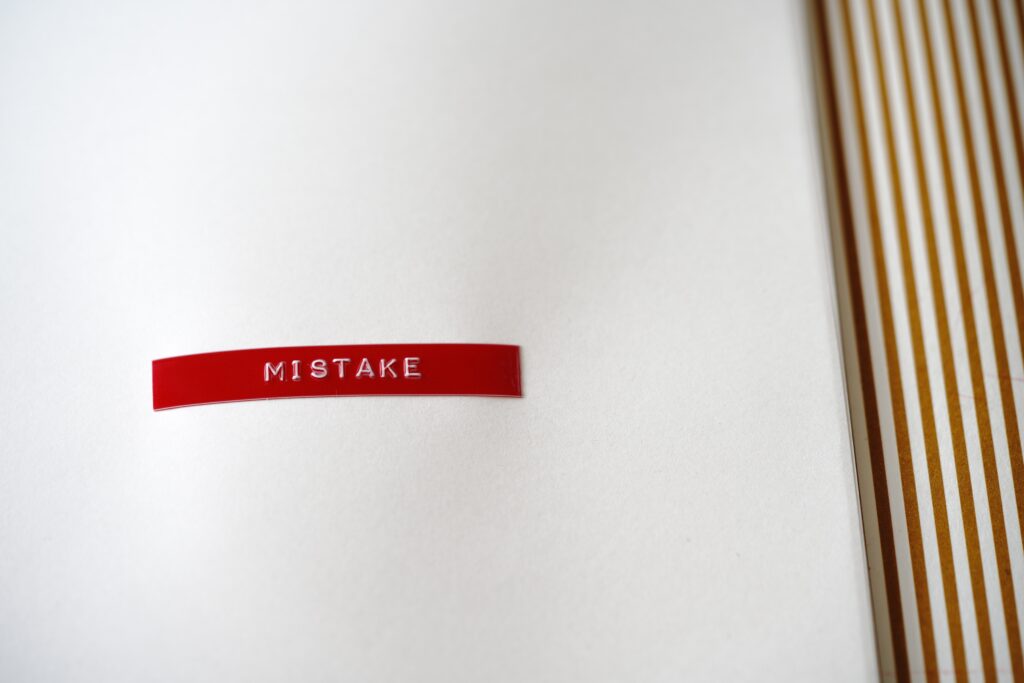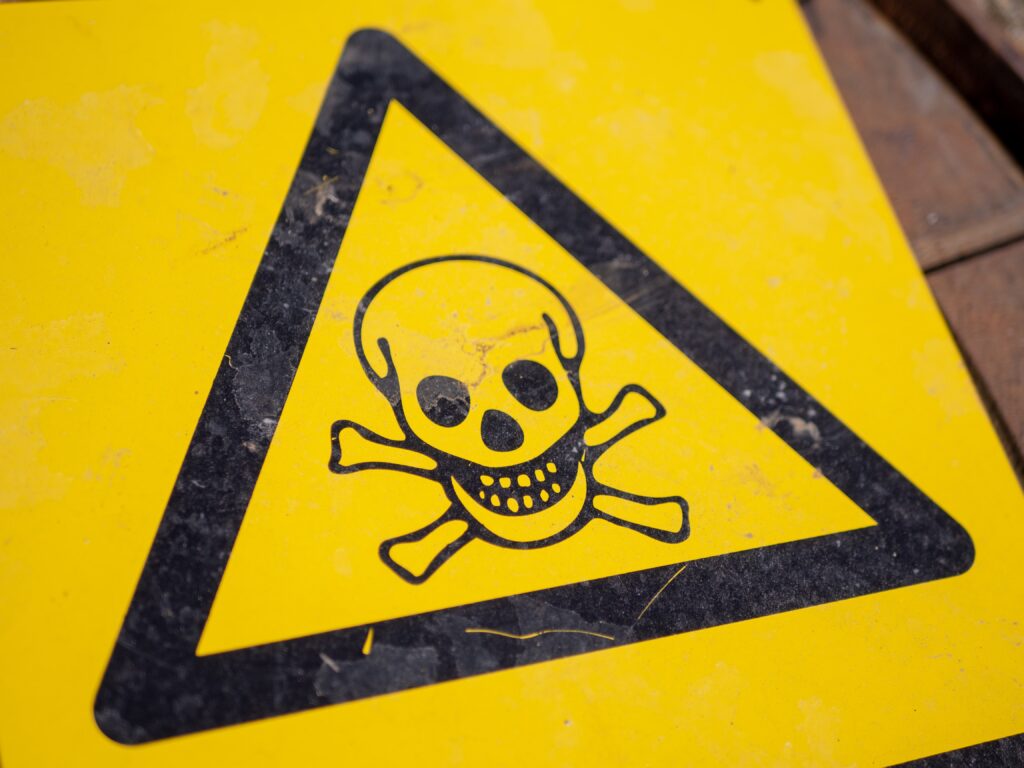Posted on: July 1, 2022

We spend a lot of time talking about construction, the built environment, and the professionals needed to embark on such a project. One thing that we also talk about often is dolomite, the impact it has on the excavation of a project, how it affects your foundation or the type that you choose, what their implications are, and why there are certain measures you have to take before embarking on any residential or commercial construction project.
Dolomite and dolomitic areas are common and can be found around the world. Some parts of some countries are specifically affected, just as some neighborhoods are more affected than others.
One such area is Centurion, Gauteng. We are based in Centurion and know the area quite well. We have done multiple projects here and continue to do so monthly, if not weekly. It is important to work with engineers that understand the area, the dominant soil condition, and other factors that might play a role when considering a building or renovation.
As civil and structural engineers, we work with a variety of geotechnical engineers.
As civil and structural engineers, it is our duty to ensure that the surrounding services, boundary walls, and structure of the building are safe and sound and comply with all regulatory requirements.
A geotechnical engineer on the other hand will examine the soil conditions and make a recommendation for the type of foundation to be used for the specific projects.
It is a non-negotiable to be informed about the soil conditions as this might have an impact on the duration, delays, and cost of the project.
For example, many times, people will purchase a stand within a complex or an estate at face value, without considering the type of soil conditions that are at play.
Later, when the project is set to begin and the excavations start, there is a discovery of a vast amount of dolomite, which will cause a lot more earthworks to be done and will also determine the type of foundation that will be used.
Centurion, Gauteng, is known by most, if not all residents, as one of the worst dolomitic areas in the country. This creates unnecessary delays and pushes up the pricing when it comes to foundations.
The most common foundation type to be used in dolomitic areas is the raft foundation type.
In the event of an emergency, a landslide, or a sinkhole, the raft foundation will cover up the hole and act, like a raft, just as the name implies, allowing anyone to evacuate the dwelling safely.
One way to avoid the surprise of discovering that you have just purchased a stand that is ladened with dolomite is to insist on the geotechnical report from the geotechnical engineer before you actually commit and buy the stand.
This will save you valuable time and money in the long run.
The geotechnical report might also be required if you are financing the build through a local bank.
When a residential project is started, it is required, by law to be registered at the NHBRC (National Home Builders Registration Council) which also requires a geotechnical report to be included.
Many or most of our clients ask us if they really need a geotechnical report, to which we always say:
There are two ways to go about this, we can come and view the property, and see what the soil conditions are, from face value, especially if it is an area that we have worked in previously, and somewhere along the way, there was a report done that we had insight into. But this is not advisable. This is taking a shot in the dark and there can be many surprises, which the client will end up paying for in the end.
The other way is to ensure that you are never unprepared and that is to take the R10 000 – R20 000 it costs to get the geotechnical report. If you, do it right and from the beginning, you will be sure to not run into any other costly problems or delays later on.
This is a personal choice and many clients do opt to leave it for only when it is absolutely necessary, which has worked out for them, but there might be an incident where the whole project is in jeopardy, due to this.

So, our advice would be to always spend the cash upfront. Rather safe than sorry, because if you are building on a dolomitic area, the cost implications will far outstretch the initial investment, had you decided to opt-in and get the report done.
We also always advise any client, potential client, or anyone who pops in for some free advice, to ensure that, when you purchase a stand in an estate or complex, there is a report freely available.
Always insist on seeing this report before even putting in an offer, so this would be one of the first things you actually ask the estate agent, or the owner, whoever is showing you the property. Making sure there is firstly a report and secondly what the report says should be a crucial part of the purchasing process for you.

If there is no report, then this should already be a red flag, see if you might be able to speak to one of the neighbors who have built their own home in the estate, to understand what their experience was.
In the event of there not being a report, see if you can negotiate this as a reduction of the purchase price, as this report will then be for your account, and as mentioned above, can run anything between R10 000 – R20 000, depending on the area, the engineer and the suburb.
We recently had an incident, where a stand was purchased, well over 1000m2, but due to dolomite, only about 450m2 was available to be built on.
The implication was that the design of the property had to be rethought, and complex calculations are done to see if it would be feasible to build up, i.e., adding in a few other stories to the house, which shot the cost right up.
This was an extremely costly mistake and one that we want all of our clients to avoid.
So, if you find yourself looking at the purchasing of land, always know what the soil conditions are, as pointed out above, it will save you time, energy, money, and a lot of headaches later on.
If you are considering purchasing a property and you are unsure about the soil conditions, we offer free consults on this very matter, simply pop us a mail at admin@diassociates.co.za and we will gladly answer and assist with any queries you might have. No obligation.
And if you have any storey related to construction, in the built environment, with regards to dolomite, please feel free to share it down below and leave us a comment.
Stay up to date with us
Subscribe to our newsleter for our latest news and developments
